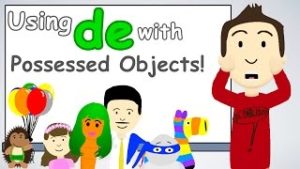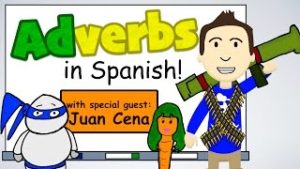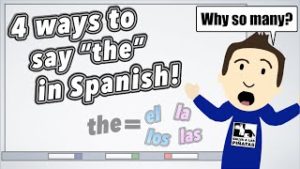
The Months of the year + a song!
I’ve been wanting to redo a lot of my oldest videos. It just so happens that Lucas and I were able

I’ve been wanting to redo a lot of my oldest videos. It just so happens that Lucas and I were able

I’ve been wanting to make a video for a long time on how we use “de” for possessions since in English

Someone asked me awhile back to make a video on adverbs in Spanish. Adverbs are basically words that add more information

¡Hola! So I thought it would be fun to make a simple vocabulary video centered around different “mascotas” or “pets” as

Here’s a new video with Cartoony Señor Jordan that goes over some of the common forms of ser (to be) in

Elena reached out to me sometime this past spring (2016) and wanted to interview me for her Spanish learning channel. It

¡Hola a todos! Hope you’re doing well. Here’s a new video on a simple concept the word: the. Yet for whatever reason

Here’s a fun little song I came up with to help with colors, animals and some high frequency words! Let me

Here is a short little video unit on Los días de la semana (the days of the week) in Spanish! I got

In this short series, I thought we could tackle some verbs that have an irregular yo form in the present tense.
